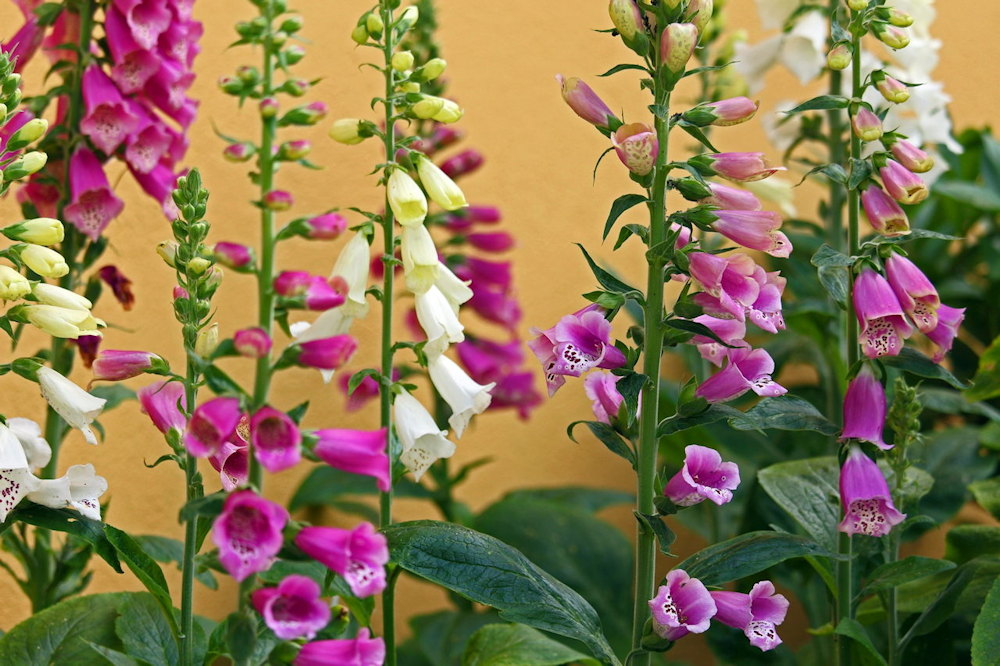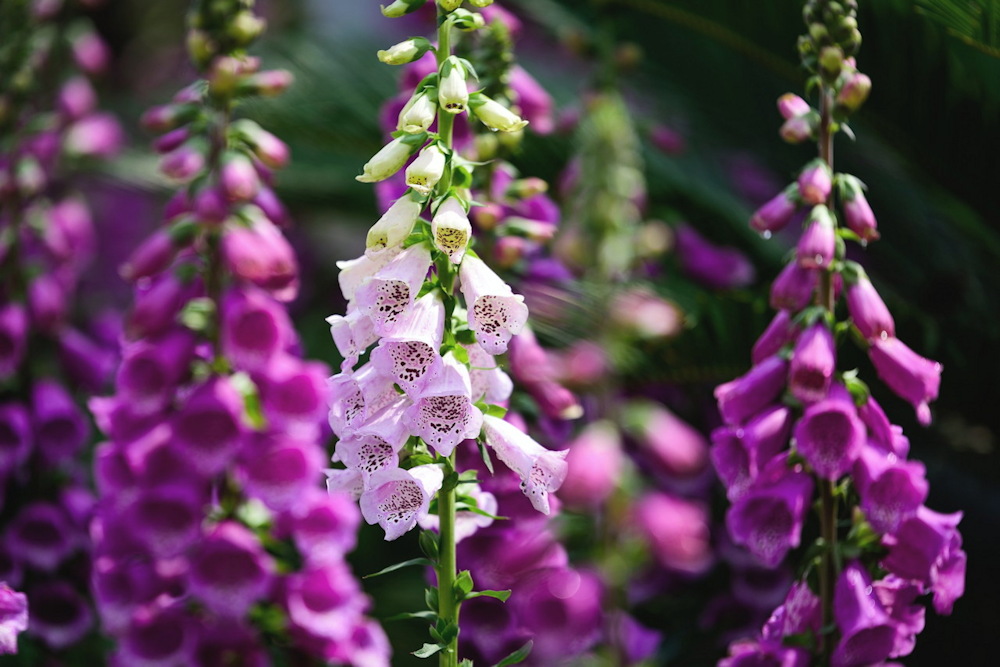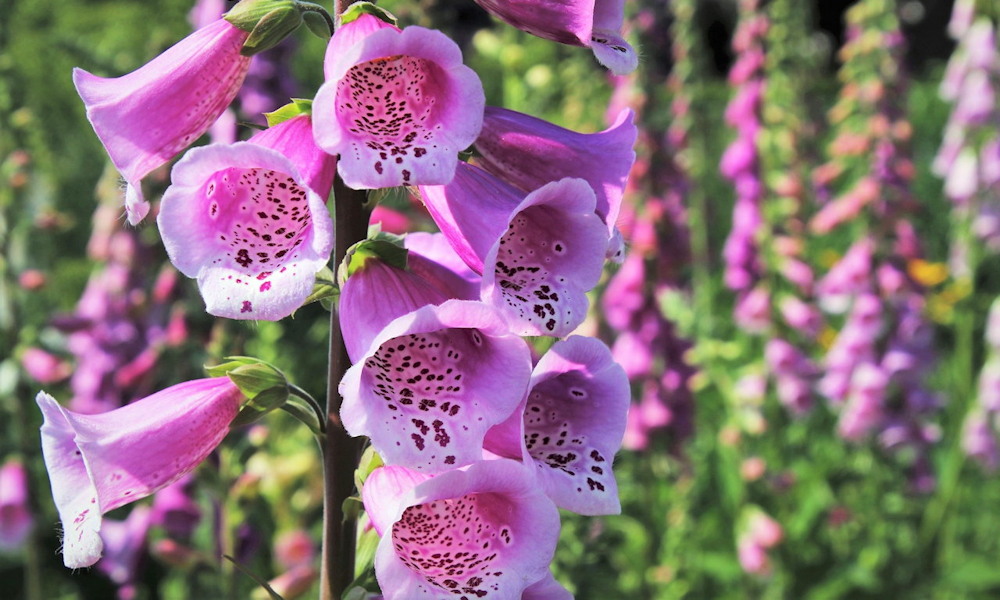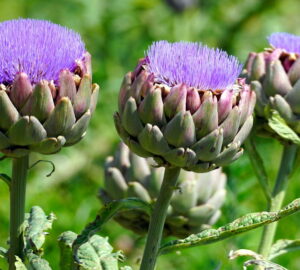Step into the enchanting world of Digitalis purpurea, commonly known as foxglove or common foxglove, a captivating plant that graces gardens with its tall spires of bell-shaped flowers. In this article, we will embark on a journey to discover the origins, remarkable features and cultivation secrets of this beloved and charismatic botanical treasure.
Origin
Foxglove is native to Europe and parts of Asia, where it thrives in woodland clearings, meadows and hillsides. Over time, it has gained popularity worldwide as a beloved garden plant due to its exquisite beauty and rich cultural history.

Description
Foxglove is a biennial or short-lived perennial plant. It generally grows to a height of 2-5 feet (0.6-1.5 meters), with certain cultivars occasionally reaching up to 6 feet (1.8 meters) in optimal conditions. Its tall, erect stems are adorned with dense clusters of tubular flowers that come in a range of colors, including pink, purple, white and occasionally yellow. The flowers bloom from late spring to early summer, attracting bees, butterflies and hummingbirds with their nectar-filled blossoms. The plant’s lance-shaped leaves form a basal rosette in the first year, while the flowering stems emerge in the second year.

Needs
Light
Foxglove prefers partial shade to full sun, especially in regions with hot summers.
Soil
It thrives in moist, well-draining soil that is rich in organic matter. Adequate soil moisture is crucial for its growth.

Watering
Regular watering is essential, especially during dry spells, to keep the soil consistently moist. Avoid overwatering to prevent root rot.

Temperature
Foxglove is hardy in USDA zones 4-8, but it can tolerate some cold or heat extremes with proper care. In Europe, foxglove is native and widely distributed across various countries. It is adaptable to different climate zones within Europe, including temperate and cool regions.

Maintenance
Deadheading spent flowers can prolong the blooming period, and removing the plant’s seed pods after flowering can prevent self-seeding.

Five Interesting Facts about Foxglove
- Medicinal History: Foxglove has a long history of medicinal use and is the source of the cardiac glycosides known as digoxin and digitoxin, which are used in modern medicine to treat heart conditions.
- Mythology and Folklore: Foxglove is associated with legends and folklore, believed to be a favorite hiding place of fairies. It was also used in traditional witchcraft for its magical properties.
- Toxicity: While foxglove’s beauty is enchanting, it’s important to note that all parts of the plant are highly toxic if ingested. Handle with care and keep it away from children and pets.
- Attracts pollinators: Foxglove flowers are highly attractive to pollinators such as bees, butterflies and hummingbirds, making them an excellent choice for gardeners looking to support local pollinator populations.
- Self-Seeding and Naturalization: Foxglove readily self-seeds, allowing it to naturalize in suitable habitats, creating charming colonies of flowering plants.

With its tall spires of blossoms, historical significance, and a touch of enchantment, foxglove is a plant that can transform any garden into a whimsical haven. So, why not invite this elegant beauty to grace your landscape and inspire awe with its stunning display of colors? Happy gardening!









